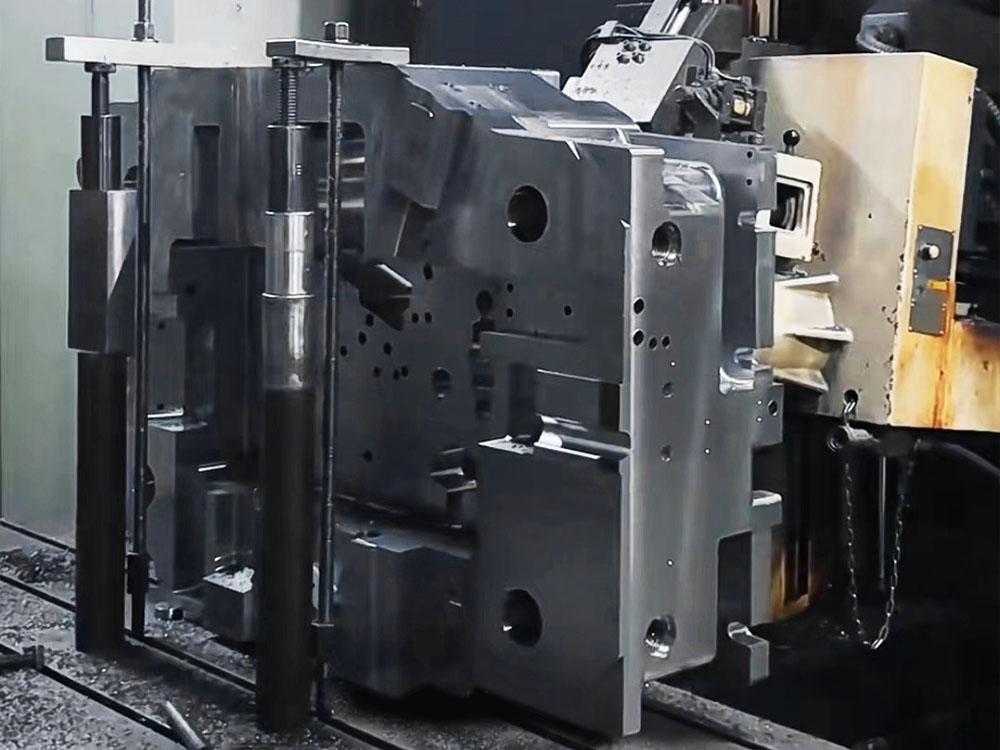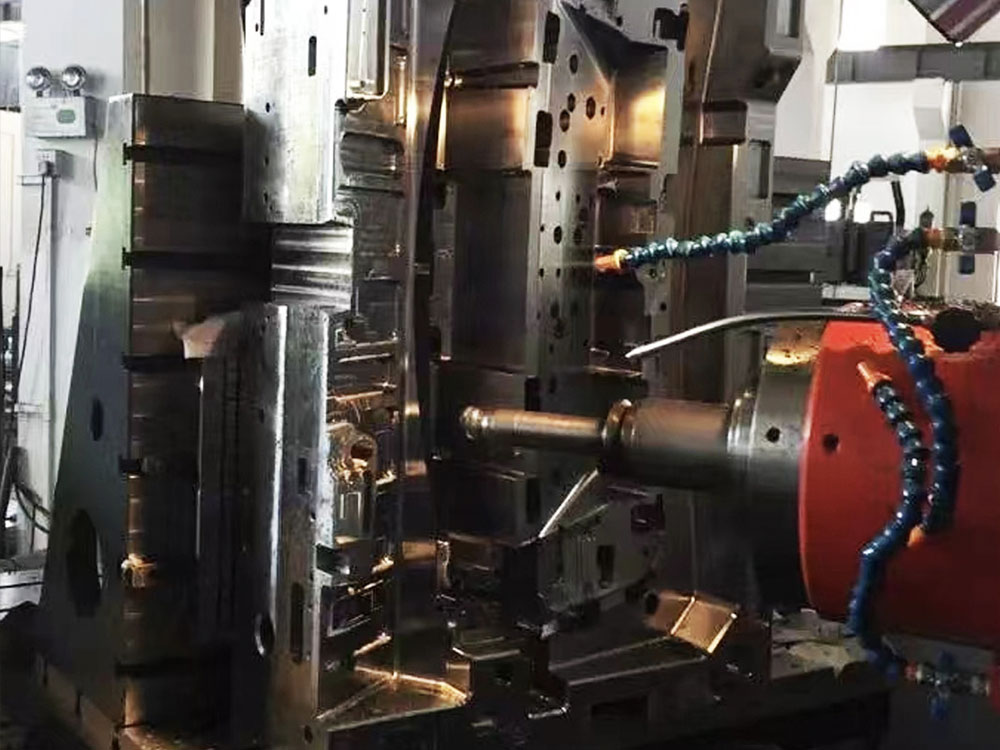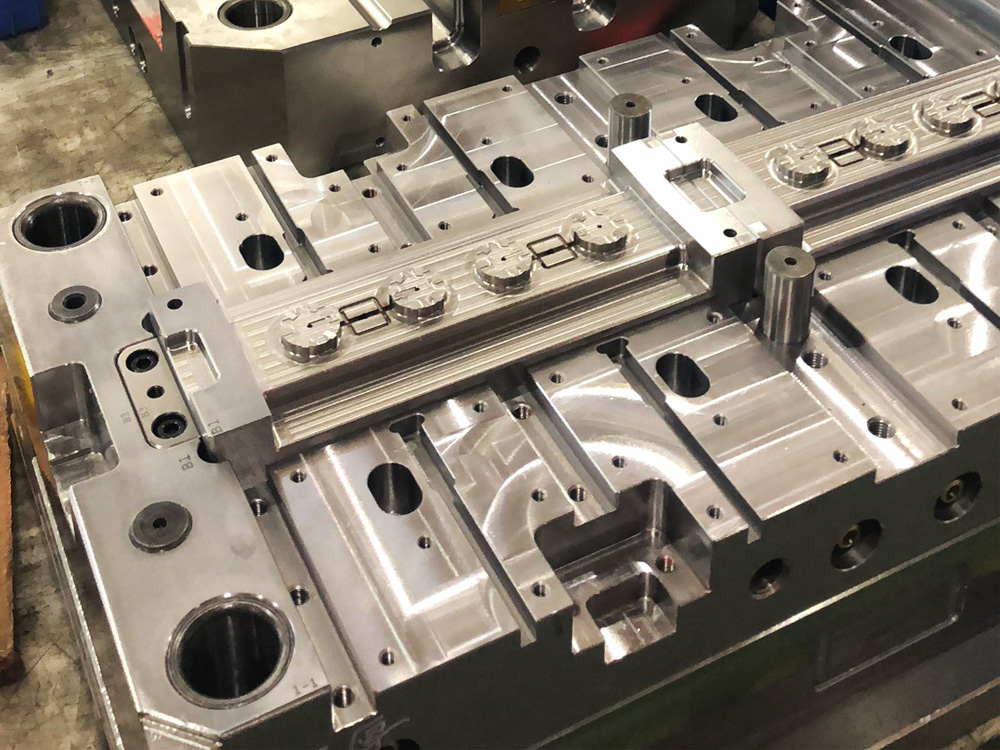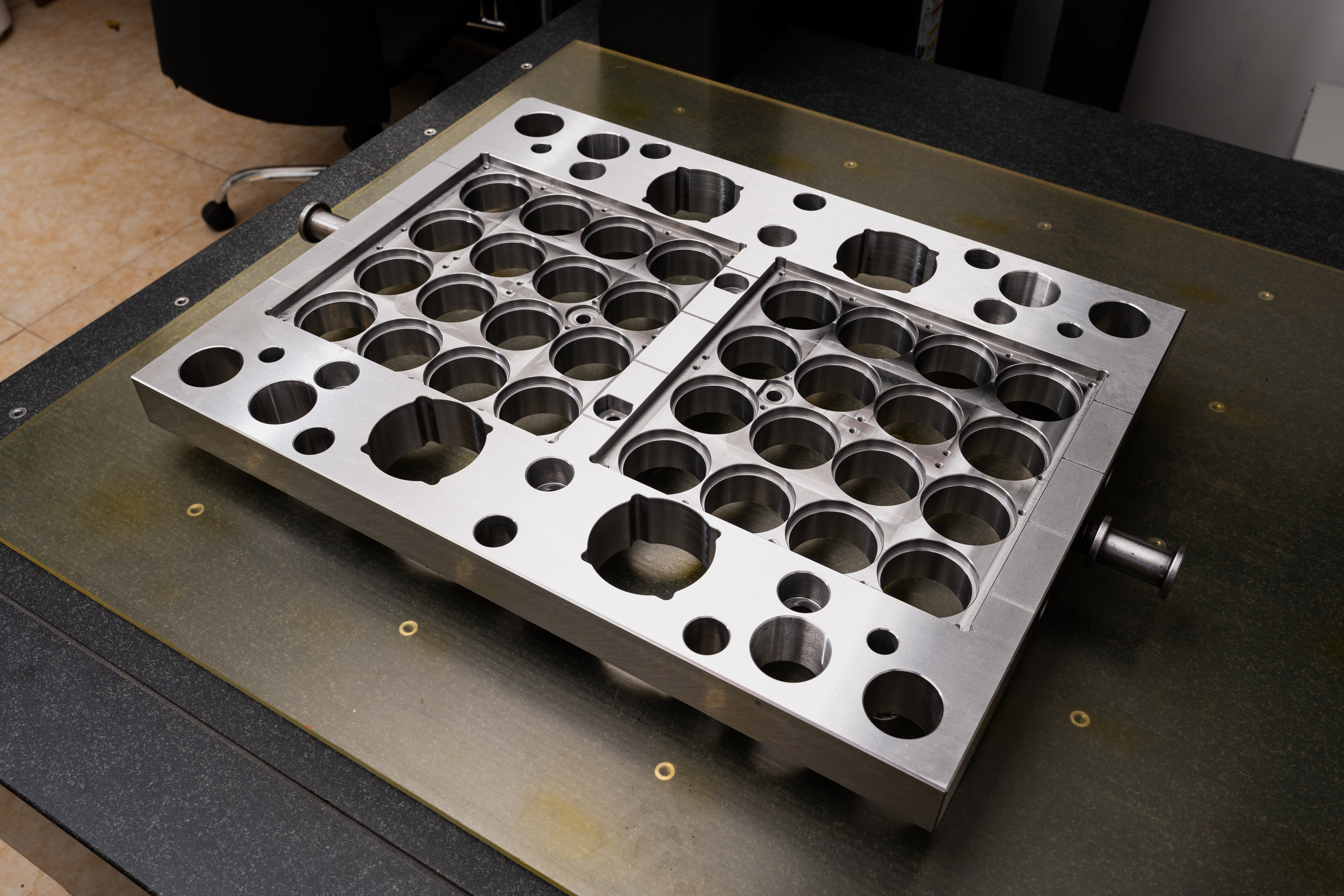Mold Base Industry: Material Used in Mobile Scaffolding
Mobile scaffolding plays a crucial role in the mold base industry, providing a safe and efficient working platform for workers to access the molds and perform various tasks. The selection of materials for mobile scaffolding is of utmost importance as it ensures stability, durability, and overall safety of the structure. In this article, we will explore the different materials commonly used in the construction of mobile scaffolding in the mold base industry.
Steel
Steel is one of the most commonly used materials in the construction of mobile scaffolding due to its exceptional strength and durability. Scaffolding made from steel can withstand heavy loads and provide a stable platform for workers to move around safely. Additionally, steel scaffolding has excellent resistance to rust and corrosion, making it suitable for use in various environmental conditions.
Aluminum
Aluminum is another popular material choice for mobile scaffolding in the mold base industry. It offers a lightweight alternative to steel scaffolding, making it easy to transport and assemble. Despite its lighter weight, aluminum scaffolding maintains sufficient strength and stability to support workers and equipment. Furthermore, aluminum has natural corrosion resistance, making it suitable for both indoor and outdoor applications.
Fiberglass Reinforced Plastic (FRP)
Fiberglass reinforced plastic, or FRP, is a composite material that consists of a plastic matrix reinforced with fine fiberglass fibers. FRP scaffolding provides a unique set of attributes that make it an attractive option in the mold base industry. It is lightweight, non-corrosive, and offers excellent electrical insulation properties, making it ideal for use in environments where electrical hazards are present. FRP scaffolding also provides a higher level of flexibility, allowing it to absorb vibrations and shocks that may occur during operations.
Wood
Wooden scaffolding, though less common in modern applications, still finds its place in some mold base industry settings. Wood is a versatile and readily available material that offers natural insulation against heat and electricity. Additionally, wooden scaffolding provides a cost-effective solution for temporary or short-term projects. However, it is important to note that wooden scaffolding may not have the same load-bearing capacity and durability as steel or aluminum scaffolding, and regular inspection and maintenance are essential to ensure its safety.
Conclusion
The choice of material for mobile scaffolding in the mold base industry depends on various factors such as required strength, portability, resistance to corrosion, and electrical insulation properties. Steel, aluminum, fiberglass reinforced plastic (FRP), and wood are among the common materials used in mobile scaffolding construction. Each material has its unique advantages and considerations, and proper selection based on project requirements and safety standards is critical to ensure a safe and efficient working environment in the mold base industry.




